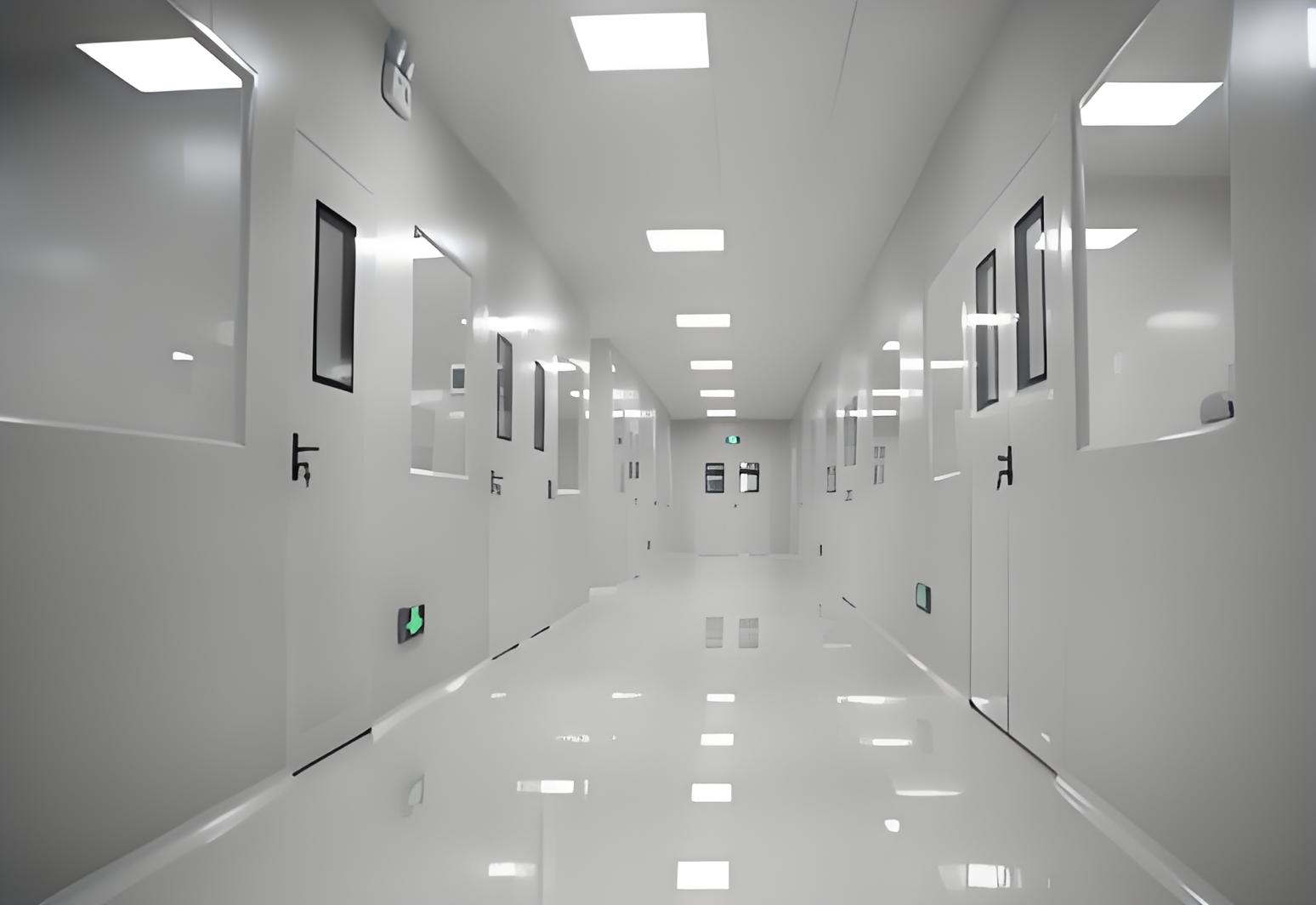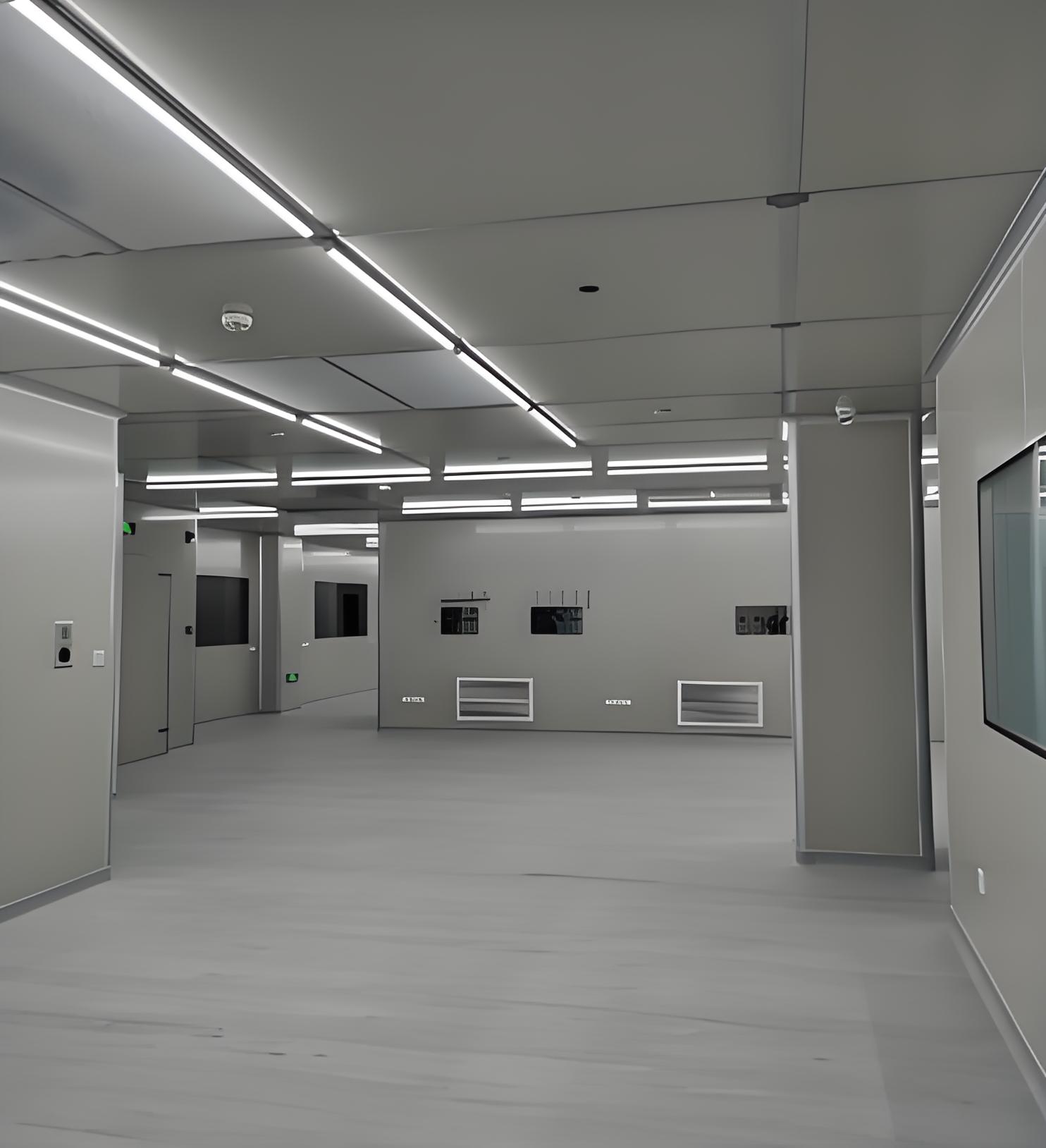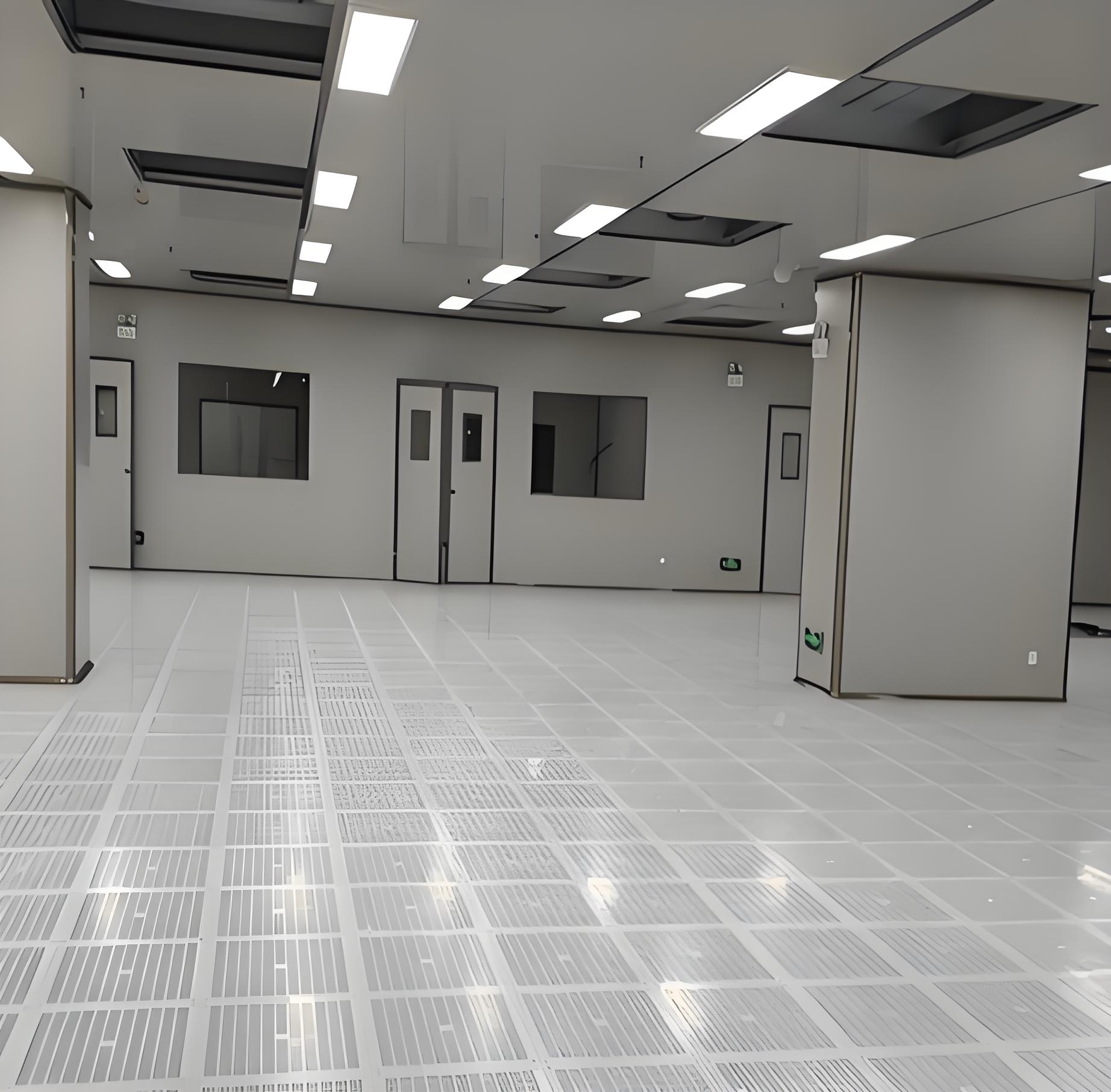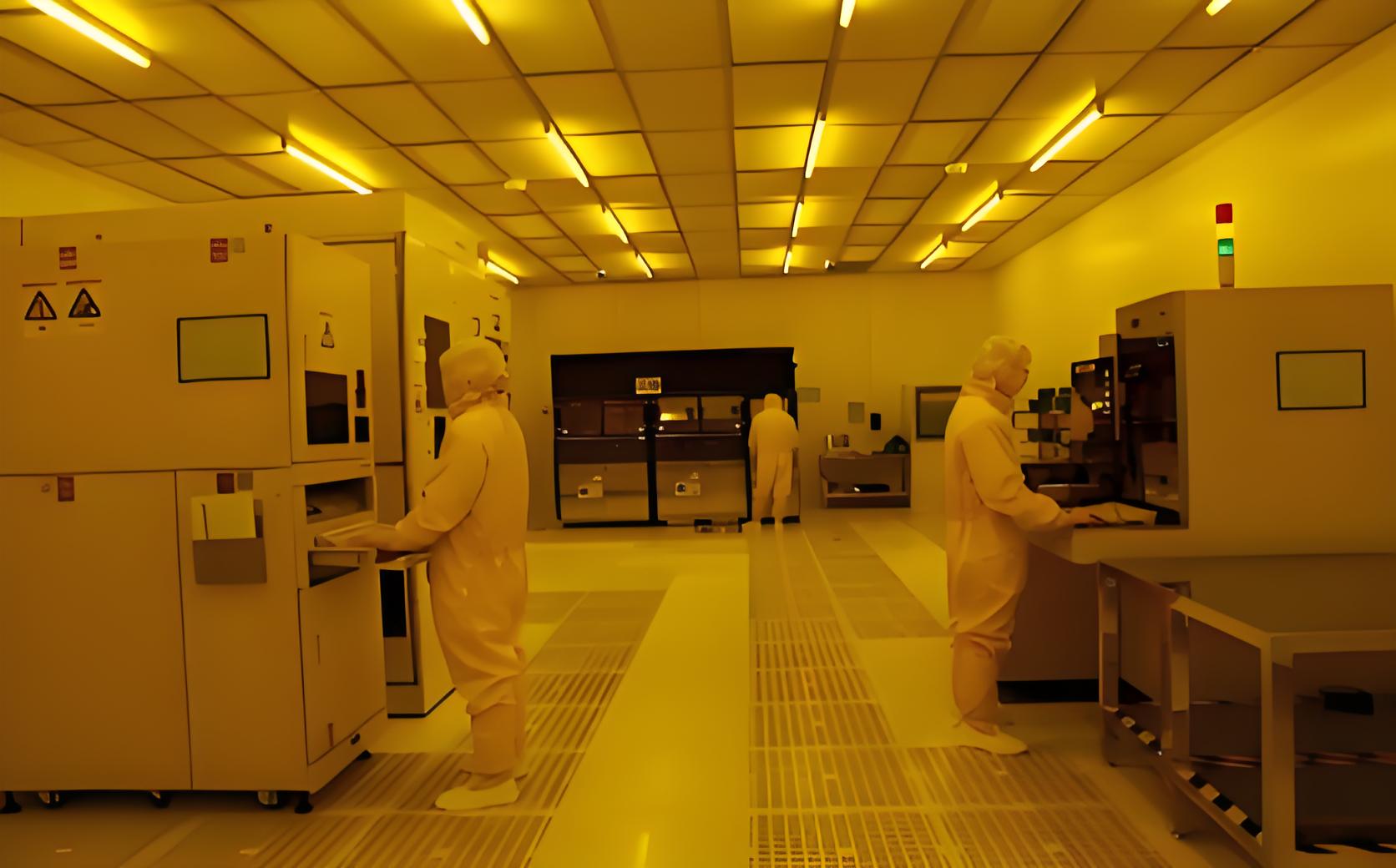




In today's fast-paced scientific and industrial landscapes, the need for controlled environments is more critical than ever. A clean room in laboratory settings serves as the backbone for research, development, and production processes across various sectors, including pharmaceuticals, biotechnology, electronics, and healthcare. These specialized spaces are designed to maintain extremely low levels of pollutants, such as dust, airborne microbes, and chemical vapors, ensuring the integrity of sensitive experiments and products. Without a properly designed and maintained clean room in laboratory facilities, organizations risk contamination, product failure, and regulatory non-compliance, leading to significant financial and reputational losses.
The concept of a clean room in laboratory environments has evolved significantly over the years, driven by advancements in technology and stringent industry standards. From basic filtered rooms to sophisticated modular units, the development of these spaces involves a multidisciplinary approach. This article delves into the core components that make up an effective clean room in laboratory applications, focusing on Cleanroom Construction, Cleanroom Engineering, the role of a cleanroom engineering company, and the contributions of a cleanroom manufacturer. By understanding these elements, laboratories can optimize their operations, enhance safety, and achieve compliance with global standards like ISO 14644.
As we explore the intricacies of a clean room in laboratory contexts, we'll uncover how proper planning and execution in Cleanroom Construction and Cleanroom Engineering can lead to long-term success. Whether you're setting up a new facility or upgrading an existing one, this overview will provide valuable insights into selecting the right partners, such as a reliable cleanroom engineering company or a reputable cleanroom manufacturer, to meet your specific needs. Let's dive into the key aspects that define a high-performance clean room in laboratory environments and how they contribute to innovation and efficiency.

A clean room in laboratory refers to a controlled environment where pollutants like particles, bacteria, and chemicals are kept within strict limits. These rooms are essential for conducting experiments, manufacturing medical devices, or producing semiconductors, where even minor contaminants can compromise results. The classification of a clean room in laboratory settings is based on the number and size of particles per cubic meter, as defined by standards such as ISO 14644-1. For instance, an ISO Class 5 clean room allows no more than 3,520 particles of 0.5 micrometers per cubic meter, making it ideal for sensitive applications like vaccine development or microelectronics assembly.
The importance of a clean room in laboratory cannot be overstated. In pharmaceuticals, it ensures the sterility of drugs, protecting patients from harmful contaminants. In research labs, it safeguards delicate instruments and samples, enabling accurate data collection. Moreover, a well-designed clean room in laboratory facilities supports regulatory compliance, helping organizations avoid fines and recalls. By investing in a robust clean room in laboratory infrastructure, companies can boost productivity, reduce waste, and foster a culture of quality and safety. This foundation sets the stage for examining the critical roles of Cleanroom Construction and Cleanroom Engineering in achieving these benefits.
Cleanroom Construction is the process of building a clean room in laboratory environments from the ground up, focusing on materials, layout, and integration with existing infrastructure. This phase involves detailed planning to meet specific cleanliness standards, such as ISO classes or FDA guidelines. Key elements include the selection of non-shedding surfaces, seamless flooring, and airtight seals to prevent contamination. For example, walls made of smooth, durable materials like fiberglass or coated steel minimize particle accumulation, while specialized HVAC systems control airflow and pressure differentials.
During Cleanroom Construction, considerations extend to the laboratory's workflow. The layout must facilitate efficient movement of personnel and materials while maintaining contamination control. This often involves incorporating airlocks, gowning rooms, and pass-through chambers. A successful Cleanroom Construction project for a clean room in laboratory settings requires collaboration among architects, engineers, and end-users to balance functionality with compliance. By prioritizing quality in Cleanroom Construction, laboratories can achieve environments that support high-stakes operations, from genetic sequencing to nanotechnology research, ensuring that the clean room in laboratory spaces performs reliably over time.
Cleanroom Engineering encompasses the technical and scientific aspects of designing a clean room in laboratory to maintain controlled conditions. This discipline focuses on airflow dynamics, filtration systems, temperature, humidity, and pressurization. For instance, laminar airflow systems in Cleanroom Engineering ensure that air moves in parallel streams, sweeping contaminants away from critical areas. High-efficiency particulate air (HEPA) or ultra-low penetration air (ULPA) filters are integral, removing up to 99.999% of particles as small as 0.3 micrometers.
Another vital aspect of Cleanroom Engineering is monitoring and control. Advanced sensors and automation systems continuously track environmental parameters, alerting staff to deviations that could compromise the clean room in laboratory integrity. Cleanroom Engineering also addresses energy efficiency, as these spaces often consume significant power due to constant air exchange. By implementing sustainable practices, such as variable air volume systems, Cleanroom Engineering can reduce operational costs while maintaining performance. This holistic approach ensures that a clean room in laboratory not only meets cleanliness standards but also adapts to evolving technological and regulatory demands, making it a cornerstone of innovation in fields like biomedical research and aerospace.

Selecting a proficient cleanroom engineering company is a critical step in developing a high-quality clean room in laboratory. A reputable cleanroom engineering company brings expertise in design, compliance, and project management, ensuring that the facility meets both current and future needs. When evaluating a cleanroom engineering company, consider their experience with similar projects, certifications, and client testimonials. For example, a cleanroom engineering company with a track record in pharmaceutical labs will be well-versed in Good Manufacturing Practices (GMP) and FDA requirements.
The services offered by a cleanroom engineering company typically include feasibility studies, detailed design, and validation testing. They should provide comprehensive support throughout the project lifecycle, from initial consultation to post-installation maintenance. A reliable cleanroom engineering company will also collaborate closely with other stakeholders, such as a cleanroom manufacturer, to source quality materials and equipment. By partnering with a skilled cleanroom engineering company, laboratories can avoid common pitfalls like design flaws or compliance issues, resulting in a clean room in laboratory that enhances operational efficiency and safety. This partnership is essential for navigating the complexities of Cleanroom Construction and Cleanroom Engineering, ultimately delivering a space that supports groundbreaking work.
A cleanroom manufacturer plays a pivotal role in supplying the components and systems that form the backbone of a clean room in laboratory. These manufacturers produce a wide range of products, including modular panels, ceiling grids, lighting, and filtration units. By working with a trusted cleanroom manufacturer, laboratories can access customized solutions tailored to their specific cleanliness classes and spatial constraints. For instance, a cleanroom manufacturer might provide anti-static flooring for electronics labs or corrosion-resistant surfaces for chemical handling areas.
The collaboration between a cleanroom manufacturer and a cleanroom engineering company is vital for seamless integration. The cleanroom manufacturer ensures that all parts meet industry standards and are compatible with the overall design. They often conduct rigorous testing, such as particle count checks and airflow visualization, to validate performance. Additionally, a reputable cleanroom manufacturer offers ongoing support, including spare parts and maintenance services, to extend the lifespan of the clean room in laboratory. This synergy between Cleanroom Construction, Cleanroom Engineering, and manufacturing expertise ensures that laboratories receive a turnkey solution that operates reliably, minimizing downtime and maximizing productivity.
The integration of Cleanroom Construction and Cleanroom Engineering is essential for creating a functional and efficient clean room in laboratory. This collaborative approach ensures that the physical build aligns with the technical specifications, resulting in a cohesive environment. During the planning phase, teams from both disciplines work together to address challenges like space limitations, budget constraints, and regulatory requirements. For example, Cleanroom Engineering might dictate the need for specific airflow patterns, which Cleanroom Construction must implement through precise installation of ducts and barriers.
This integration also facilitates scalability and flexibility. As laboratory needs evolve, a well-integrated clean room in laboratory can be easily modified or expanded. By involving experts in Cleanroom Construction and Cleanroom Engineering from the outset, laboratories can future-proof their investments. Case studies from industries like biotechnology show that integrated projects reduce risks, such as contamination incidents or system failures, and enhance overall performance. Ultimately, the synergy between Cleanroom Construction and Cleanroom Engineering transforms a clean room in laboratory from a mere space into a dynamic asset that drives scientific advancement and commercial success.
Maintaining a clean room in laboratory is an ongoing process that requires strict protocols and regular monitoring. Compliance with standards like ISO 14644 is not a one-time event but a continuous effort involving routine inspections, cleaning schedules, and staff training. Key maintenance activities include filter replacements, surface disinfection, and calibration of monitoring equipment. For instance, HEPA filters in a clean room in laboratory typically need replacement every 3-5 years, depending on usage and environmental factors.
Effective maintenance also involves documenting all activities to demonstrate compliance during audits. Laboratories must keep records of particle counts, temperature logs, and any deviations addressed. By adhering to best practices in Cleanroom Construction and Cleanroom Engineering, facilities can simplify maintenance. For example, designs that minimize hard-to-reach areas reduce cleaning time and improve efficacy. Partnering with a cleanroom engineering company or cleanroom manufacturer for periodic assessments can further ensure that the clean room in laboratory remains up to date with the latest regulations and technologies. This proactive approach not only safeguards the integrity of operations but also extends the lifespan of the investment, providing long-term value.
The future of clean room in laboratory environments is shaped by innovations in automation, sustainability, and digitalization. Emerging trends include the use of robotics for cleaning and monitoring, which reduces human intervention and contamination risks. For example, autonomous drones equipped with sensors can perform real-time particle counts in a clean room in laboratory, providing data without disrupting workflows. Additionally, advances in Cleanroom Engineering are leading to more energy-efficient systems, such as smart HVAC controls that adjust airflow based on occupancy.
Another trend is the adoption of modular designs from a cleanroom manufacturer, allowing for quicker deployment and flexibility. These prefabricated units can be assembled on-site, reducing Cleanroom Construction time and costs. Furthermore, digital twins—virtual replicas of physical clean rooms—are becoming popular for simulation and optimization. By leveraging these trends, laboratories can enhance the performance of their clean room in laboratory while adapting to new challenges like pandemic preparedness or climate change. As Cleanroom Construction and Cleanroom Engineering evolve, they will continue to push the boundaries of what's possible, enabling breakthroughs in science and industry.
Q1: What is the typical cost range for building a clean room in laboratory?
A1: The cost of building a clean room in laboratory varies widely based on size, cleanliness class, and complexity. For a basic ISO Class 8 room, costs might start at $100 per square foot, while higher-class rooms like ISO Class 5 can exceed $1,000 per square foot. Factors such as Custom Cleanroom Construction, advanced Cleanroom Engineering features, and the involvement of a cleanroom engineering company or cleanroom manufacturer can influence the total budget. It's essential to conduct a feasibility study with a professional cleanroom engineering company to get accurate estimates tailored to your needs.
Q2: How long does it take to complete a Cleanroom Construction project for a laboratory?
A2: The timeline for Cleanroom Construction depends on the project scope, but a typical clean room in laboratory can take 3 to 12 months from design to completion. Simple modular units might be finished in a few weeks, while complex facilities requiring extensive Cleanroom Engineering and custom components from a cleanroom manufacturer may take longer. Delays can occur due to regulatory approvals or material shortages, so working with an experienced cleanroom engineering company can help streamline the process and ensure timely delivery.
Q3: What are the most common standards for a clean room in laboratory compliance?
A3: The most widely recognized standards for a clean room in laboratory include ISO 14644, which covers cleanliness classifications and testing methods, and FDA regulations for pharmaceutical and medical device labs. Other relevant standards are EU GMP for European markets and IEST recommendations for Cleanroom Engineering practices. Compliance often requires regular monitoring and validation, which a cleanroom engineering company can assist with to avoid penalties and ensure operational integrity.
Q4: Can an existing laboratory be retrofitted into a clean room, and what are the challenges?
A4: Yes, an existing laboratory can be retrofitted into a clean room, but it involves significant challenges in Cleanroom Construction and Cleanroom Engineering. Key issues include integrating new HVAC systems, ensuring proper sealing, and modifying layouts without disrupting ongoing work. Engaging a skilled cleanroom engineering company is crucial to assess feasibility and design solutions that meet standards. A cleanroom manufacturer can provide compatible components, but retrofitting often costs more and takes longer than new construction due to these complexities.
Q5: How do I choose between a modular and stick-built clean room in laboratory?
A5: The choice between modular and stick-built clean rooms depends on factors like budget, timeline, and flexibility. Modular units, often supplied by a cleanroom manufacturer, are prefabricated for quick assembly and are ideal for temporary needs or tight spaces. Stick-built clean rooms, involving traditional Cleanroom Construction, offer more customization but require longer timelines and higher costs. A cleanroom engineering company can help evaluate your specific requirements, such as cleanliness class and future expansion plans, to recommend the best option for your laboratory.
In conclusion, a clean room in laboratory is a vital asset that hinges on effective Cleanroom Construction, advanced Cleanroom Engineering, and strong partnerships with a cleanroom engineering company and cleanroom manufacturer. By focusing on these elements, laboratories can create environments that foster innovation, ensure compliance, and drive success in an increasingly competitive world.

